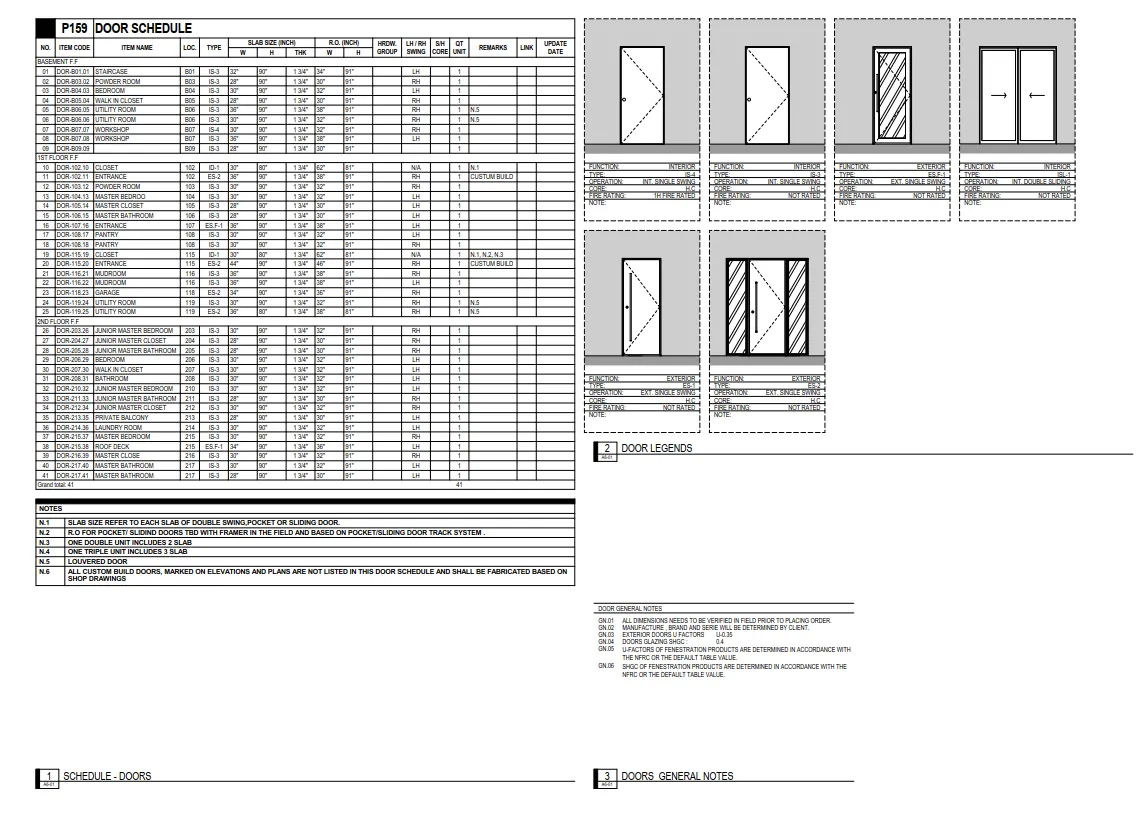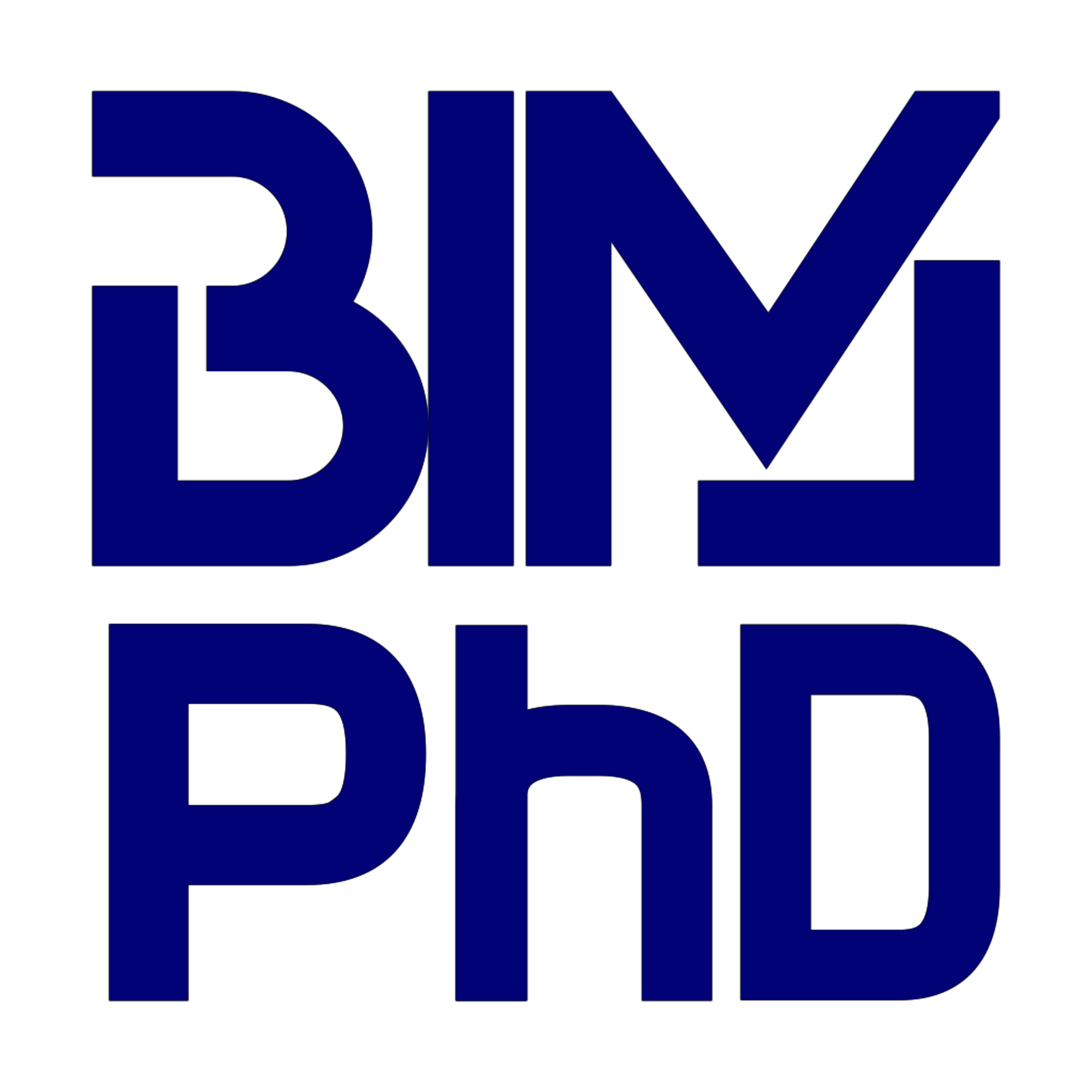In‑House BIM (Implementation)
Implement BIM in your practice with a practical roadmap: standards, BEP, templates, libraries, training, and a light governance model that fits how you work.
A client‑first overview
Building an in‑house BIM capability works best when it elevates what your teams already do well. The goal is a clear, repeatable way of delivering projects: teams start from the same baseline, coordinate in a shared rhythm, and produce consistent drawings and quantities. This page outlines a practical, standards‑aware approach to establishing BIM inside your organization without unnecessary complexity.

The focus is on the essentials: a concise BIM Execution Plan, phase‑appropriate Level of Development expectations, simple naming and parameter conventions, a compact content library, and a cadence for coordination and quality checks. Training and onboarding materials are provided so that new team members can contribute quickly. Where automation helps—parameters, views, and sheets—lightweight scripts reduce repetitive work and keep quality consistent.
Implementation roadmap
- Assessment: current workflows, deliverables, model health, and team skills.
- Roadmap: BEP, folder and filename conventions, parameters, view and sheet templates.
- Content: a lean family library with shared parameters mapped to schedules and BOQs.
- Automation: targeted scripts for view setup, sheet creation, and parameter mapping where useful.
- Training and onboarding: playbooks, recorded sessions, workshops, and mentoring.
- Governance: a cadence for federation, coordination reviews, and simple LOD and QA checks.

Standards and information management
A small set of standards goes a long way. Deliverables are aligned with widely used concepts from ISO 19650: consistent naming, responsibility assignment, and information exchanges at defined points. Level and grid systems are established early and shared coordinates are set so discipline models align. Parameter schemas for key categories (for example, doors, windows, equipment) are documented so schedules and exports behave predictably.
.png)
To keep models healthy, checks are defined for warnings, category usage, missing parameters, and view discipline settings. Early tests verify that exports preserve critical information—units, orientations, type names, identity data, and material assignments—so that downstream tools read the model reliably.
What you can expect
- Clear starting points: project templates, view and sheet setups, and naming conventions.
- Teams that coordinate in a repeatable rhythm with concise, actionable review outputs.
- Reusable content and targeted automations that reduce repetitive tasks.
- Visibility for leadership: a light dashboard of clashes, QA checks, and delivery status.
Deliverables
- BEP and governance guide with folder and naming conventions.
- Project and template files, shared parameter file, view and sheet templates.
- Starter family library and targeted scripts for setup and mapping.
- Training plan and recorded sessions for onboarding new hires.

Rollout and Change Management
Adoption succeeds when it is staged. The rollout focuses on delivering one real project with the new standards while providing support on adjacent work. Feedback is captured and incorporated into the templates and playbooks. Short office hours help teams surface blockers quickly. Leadership receives a concise dashboard: current clashes, open issues, and upcoming training. The process builds capability without disrupting delivery.
The end state is a sustainable BIM practice: projects start from a predictable baseline, models federate cleanly, and documentation quality is consistent across teams. New hires can onboard with recorded sessions and a playbook rather than relying on tribal knowledge.
Coordination cadence and QA gates
A weekly cadence suits most teams: publish discipline models, federate, review targeted rules, triage issues, and meet briefly to confirm priorities. For faster packages, a twice‑weekly rhythm with smaller deltas keeps feedback quick. Gate checks are compact and repeatable: level and grid alignment, type naming consistency, clash density by area, and schedule completeness for key categories. Items that fail a gate become tracked issues with owners and due dates.
Where spaces are complex—tight ceiling zones, risers, plant rooms—detail models, reference sections, and agreed tolerances focus attention on decisions that affect cost, time, and installation. The aim is practical: add detail where it informs decisions, not everywhere.
.jpg)
Libraries, parameters, and content strategy
Content is kept lean and purposeful. Shared parameters are documented for doors, windows, finishes, fixtures, equipment, and other key categories so schedules and exports are predictable. Families align to your standards where they exist; otherwise a minimal, well‑named library is provided and expanded as needed. Identity data is added where it supports documentation, quantities, or coordination; geometry reflects the phase.

A light review cycle governs content changes so teams benefit from improvements without churn. When suppliers provide content, it is normalized to your conventions before adoption.
Documentation, quantities, and BOQs
Drawings and schedules are generated directly from the model so that coordination flows into documentation. Typical outputs include plans, sections, elevations, details, and schedules for doors, windows, finishes, and equipment. Where coding structures are required for quantities and BOQs, parameters are mapped accordingly and spot checks are performed early to validate takeoff behavior before it is used for pricing.

If 4D or 5D integration is needed, the model is prepared with the fields your tools require. The priority is a model that remains fast to work with while still carrying the information downstream teams rely on.
Training, onboarding, and adoption
Training is practical and short. Sessions focus on how your templates and conventions are used on a real project. New hires have access to recorded sessions and a playbook so they can contribute quickly. Mentoring and targeted workshops address discipline‑specific topics as needed. Adoption is measured with small signals: fewer warnings, cleaner schedules, and reduced back‑and‑forth in coordination.
.png)
Security, confidentiality, and IP
Your standards, libraries, and models are treated with care. Access is limited to the people who need it, and distribution follows your rules. Where vendor or client requirements exist, those are incorporated into the BEP so exchanges and permissions are set correctly.
Frequently asked questions
- How long does implementation take? — It depends on scope and team size. Many firms see meaningful results within the first project cycle as templates and cadence take effect.
- Can we adopt this in stages? — Yes. Standards and templates can roll out to a pilot project first, then expand as teams get comfortable.
- Do we have to change tools? — No. The approach adapts to your tool choices. Where changes help substantially, options are proposed and discussed before adoption.
- How is quality measured? — With small, repeatable checks each cycle and spot reviews of drawings, schedules, and quantities early in the process.
